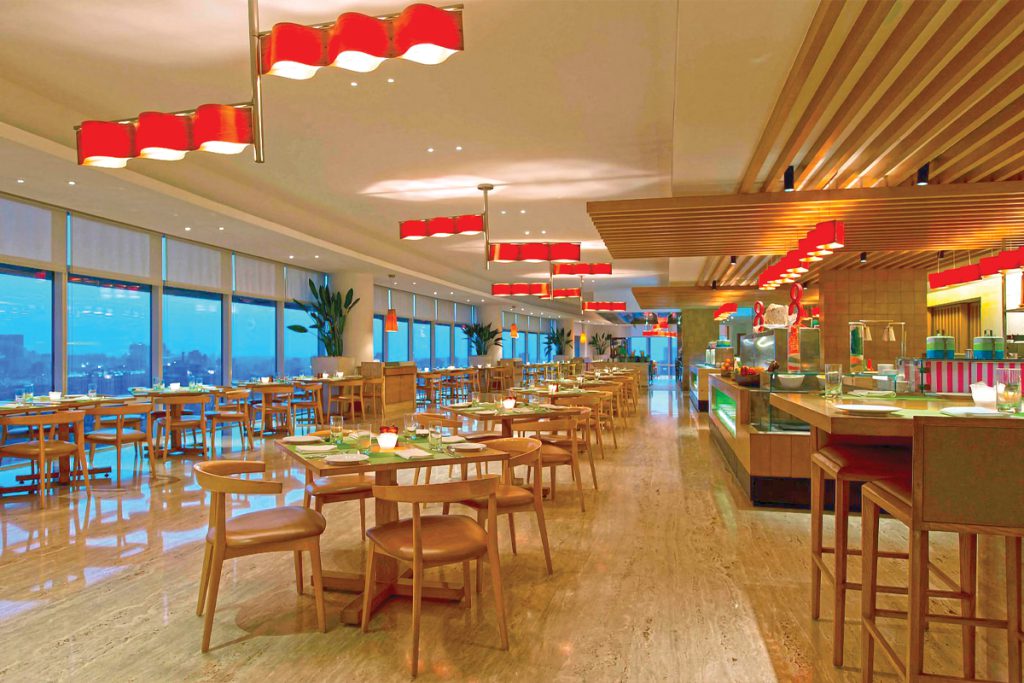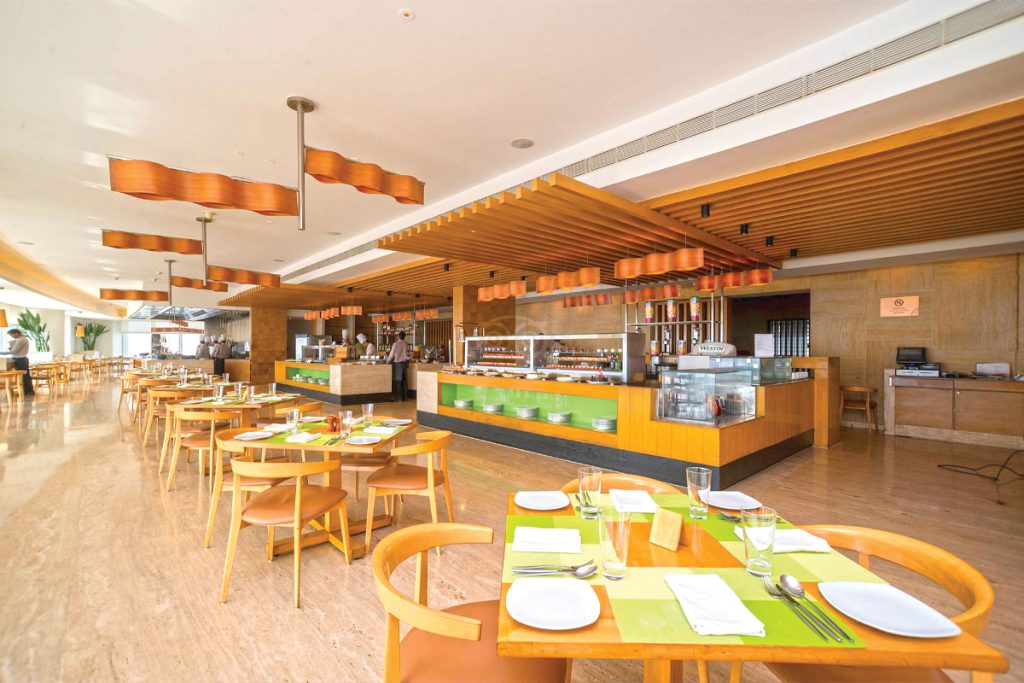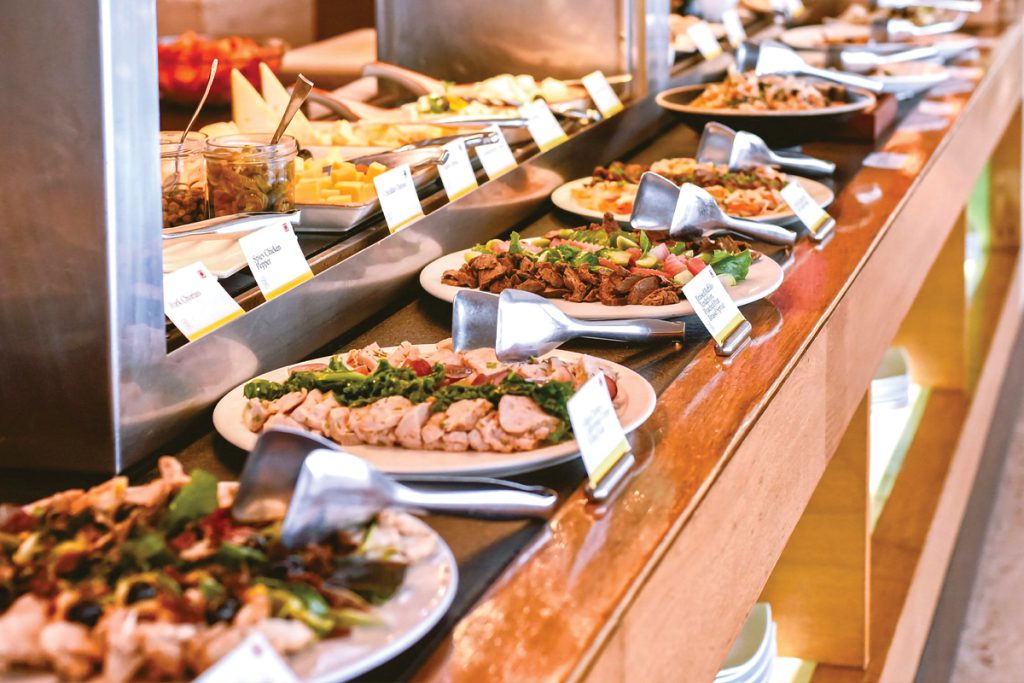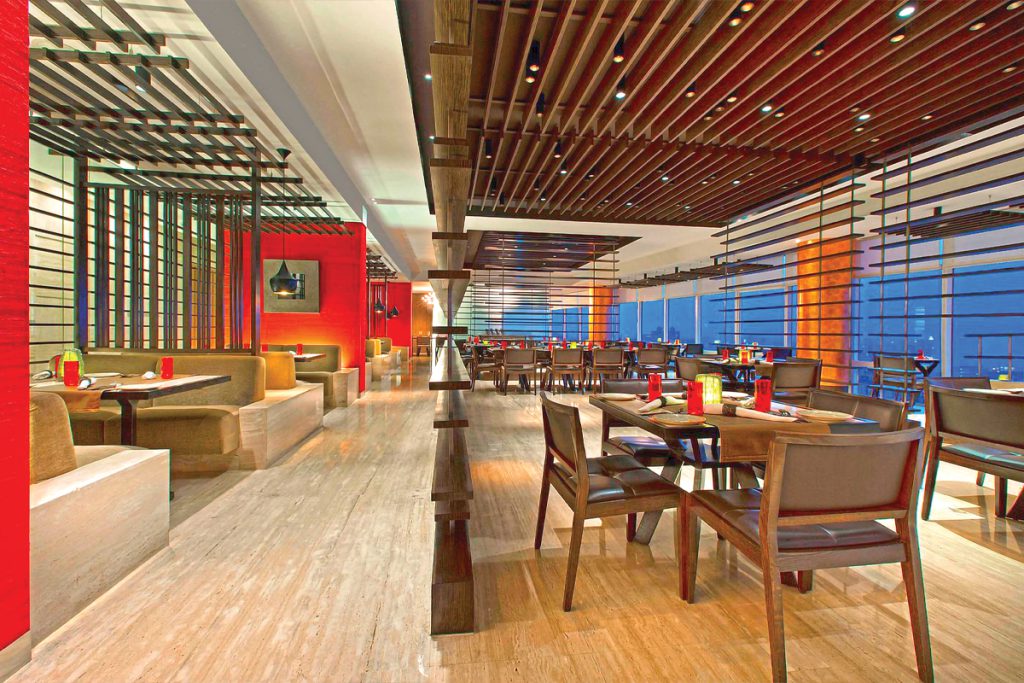Indian diners now crave depth, story, and nourishing innovation
Words by Ann Uruvath
At a time when food is as much about meaning as it is about flavour, Indian diners are craving more from their dining experiences—more authenticity, more nourishment, and more storytelling. And at the forefront of this transformation are culinary wizards such as Chef Amandeep Singh, Executive Sous Chef at The Westin Mumbai Garden City.
“The culinary landscape is shifting dramatically,” Chef Amandeep reflects. “Guests are far more informed than they were five years ago. They don’t just want to eat well—they want to know what they’re eating, where it comes from, and why it matters.


Chef delves further into this, saying, “Diners are no longer satisfied with pan-Indian generalisations—they want depth, story, and soul. We’re witnessing growing enthusiasm for lesser-known food cultures like Kumaoni, Bodo, and Sheherwali, particularly when presented through a contemporary wellness filter.”
At The Westin, this means creating menus that reimagine regional Indian micro-cuisines in ways that are deeply respectful, yet contemporary and wellness-focused. One such example is their Barnyard Millet Khichdi with Bhatt ki Dal Crisp, a dish inspired by Garhwali tradition but designed to deliver nutrient-rich indulgence. Similarly, the Black Rice Pithe Tartlets nod to Bengal’s wintry sweets but swap sugar for cold-pressed jaggery, elevating both taste and health quotient.
Chef Amandeep believes this kind of evolution is vital. “Wellness dining isn’t a trend anymore—it’s a necessity,” he says. “Whether it’s gluten-free, millet-based, cold-pressed, or micro-seasonal, we’re designing food that not only delights the senses but also nourishes the body.”

At The Westin Mumbai Garden City, the focus is on conscious cooking and cultural storytelling. “Guests today expect more than taste—they seek purpose in what they eat. We’ve introduced dishes like Smoked Kathiawadi Aubergine Mousse on Jowar Toast, which offers regional boldness in a nouvelle form, and Maharashtrian-style Pearl Millet Gnocchi in Nutmeg Kadhi, a dish that reflects both familiarity and finesse.”

The philosophy is underpinned by innovation as much as it is by awareness. The Westin’s culinary team has taken bold steps in integrating zero-waste plating, pre-plated brunch experiences, and ingredient traceability—all while keeping the diner’s curiosity alive. “We’re even incorporating regional condiments and forgotten grains,” he adds, “so that guests feel they’re discovering something new with every bite. Through curated brunches, chef-led tables, and pre-plated wellness courses, we aim to create memorable, meaningful, and modern Indian dining journeys.”
But innovation never overshadows intention. “When we present something like a Maharashtrian-style Pearl Millet Gnocchi in Nutmeg Kadhi, it’s not about fusion for the sake of trend—it’s about celebrating culture in a format that resonates with today’s palate.”
As regional cuisines rise in prestige, so does the need to preserve their integrity. Chef Amandeep views his role as part-creator, part-custodian. “Our menus are a bridge between India’s culinary past and its wellness-focused future,” he says.
“Diners today don’t just want flavour—they want food with soul and purpose.”


